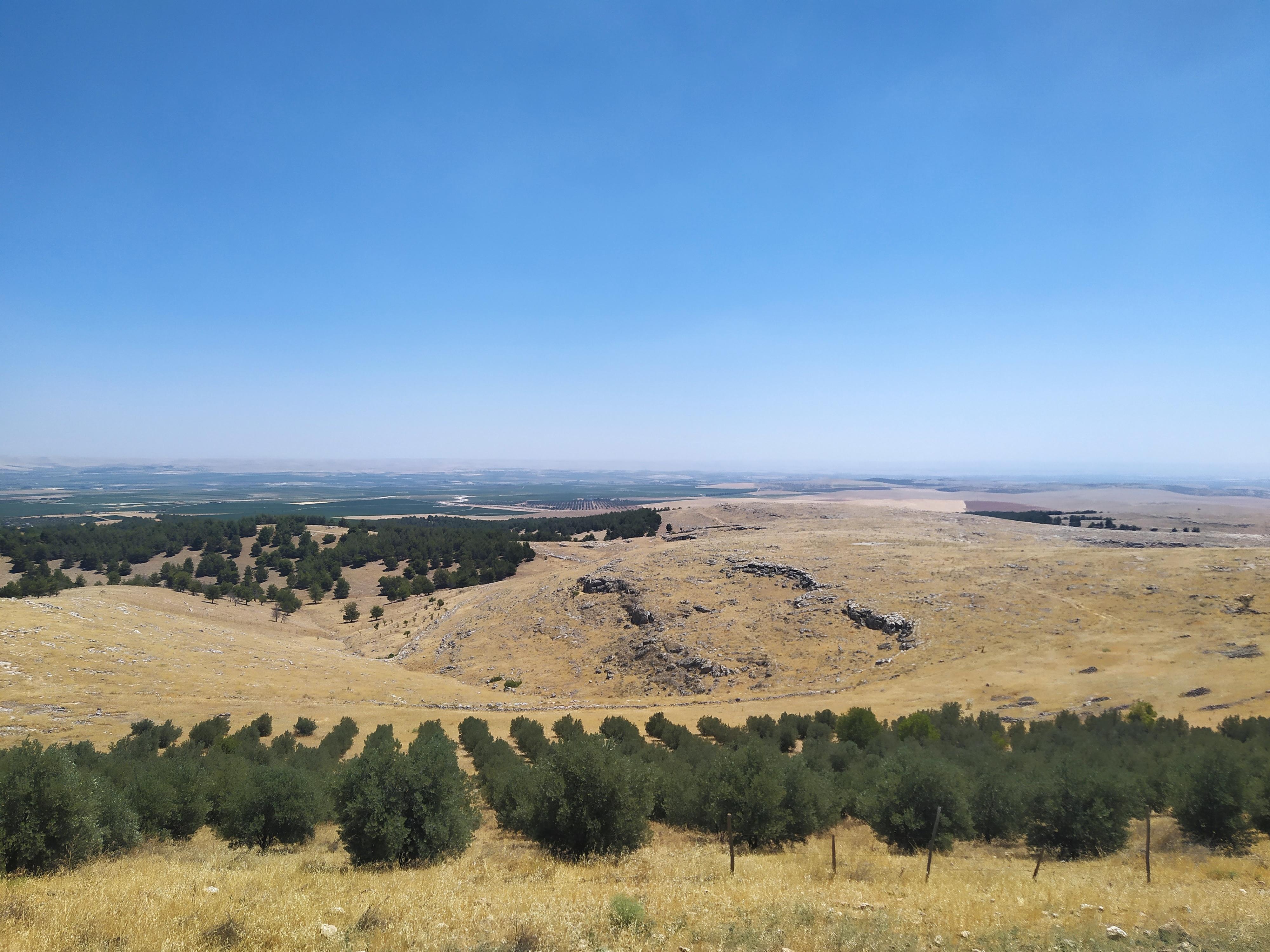Göbekli Tepe, located in southeastern Turkey, is the oldest known temple complex in the world, dating back to the pre-pottery Neolithic era, around 9600 BC. It is an archaeological site of immense historical significance, providing crucial insights into the early development of religion and complex societies. The site features massive stone pillars arranged in circular and oval shapes, adorned with intricate carvings of animals and abstract symbols, indicative of the spiritual or ritualistic activities of early human civilization. The discoveries at Göbekli Tepe have challenged previous assumptions about human history, particularly the timeline of social and architectural advancements.
Culturally, Göbekli Tepe is significant as it implies that organized religious gatherings occurred before the advent of agriculture and permanent settlement, suggesting that religious institutions may have been a driving force in the development of complex societies. The site is considered a pivotal cultural landmark, contributing to our understanding of early human activity and social organization.
Notable landmarks at Göbekli Tepe include the iconic T-shaped pillars which are indicative of anthropomorphic figures. These pillars are unique for their size and the sophistication of the carvings, which include depictions of animals such as foxes, lions, and vultures. The circular stone enclosures are another distinguishing feature, exhibiting advanced architectural planning and construction techniques.
Göbekli Tepe is situated on a remote hilltop near the city of Şanlıurfa, with a semi-arid climate characterized by hot summers and mild, wet winters. The geographical location provides a vantage point with panoramic views over the surrounding plains.
Currently, there are no specific events or festivals directly associated with Göbekli Tepe, but its archaeological significance attracts researchers and tourists interested in ancient history and prehistory.
An interesting fact about Göbekli Tepe is that it predates Stonehenge by several millennia, making it a groundbreaking site in understanding human prehistory. The site has often been described as the 'zero point in time' due to its profound implications for the study of early civilization.
 Radosław Botev, CC BY 3.0 pl, via Wikimedia Commons
Radosław Botev, CC BY 3.0 pl, via Wikimedia CommonsTurkeyEurope
Log in to write a review.
Sustainable Travel Tips
Plan Mindfully
- Choose direct flights when possible
- Travel during off-peak seasons
- Pack light and bring reusables
- Prefer eco-friendly accommodations
At Your Destination
- Use public transport or walk
- Support local businesses
- Respect wildlife and habitats
- Choose activities with minimal impact
Daily Habits
- Reuse hotel towels
- Take shorter showers
- Turn off lights/AC when out
- Carry a reusable water bottle
